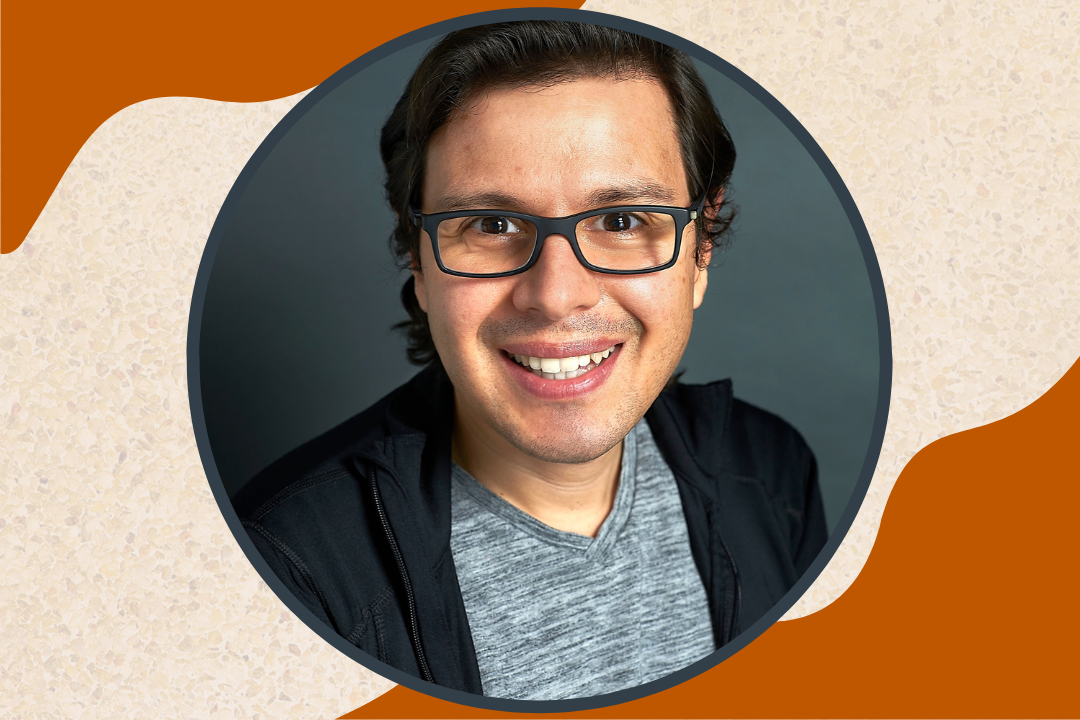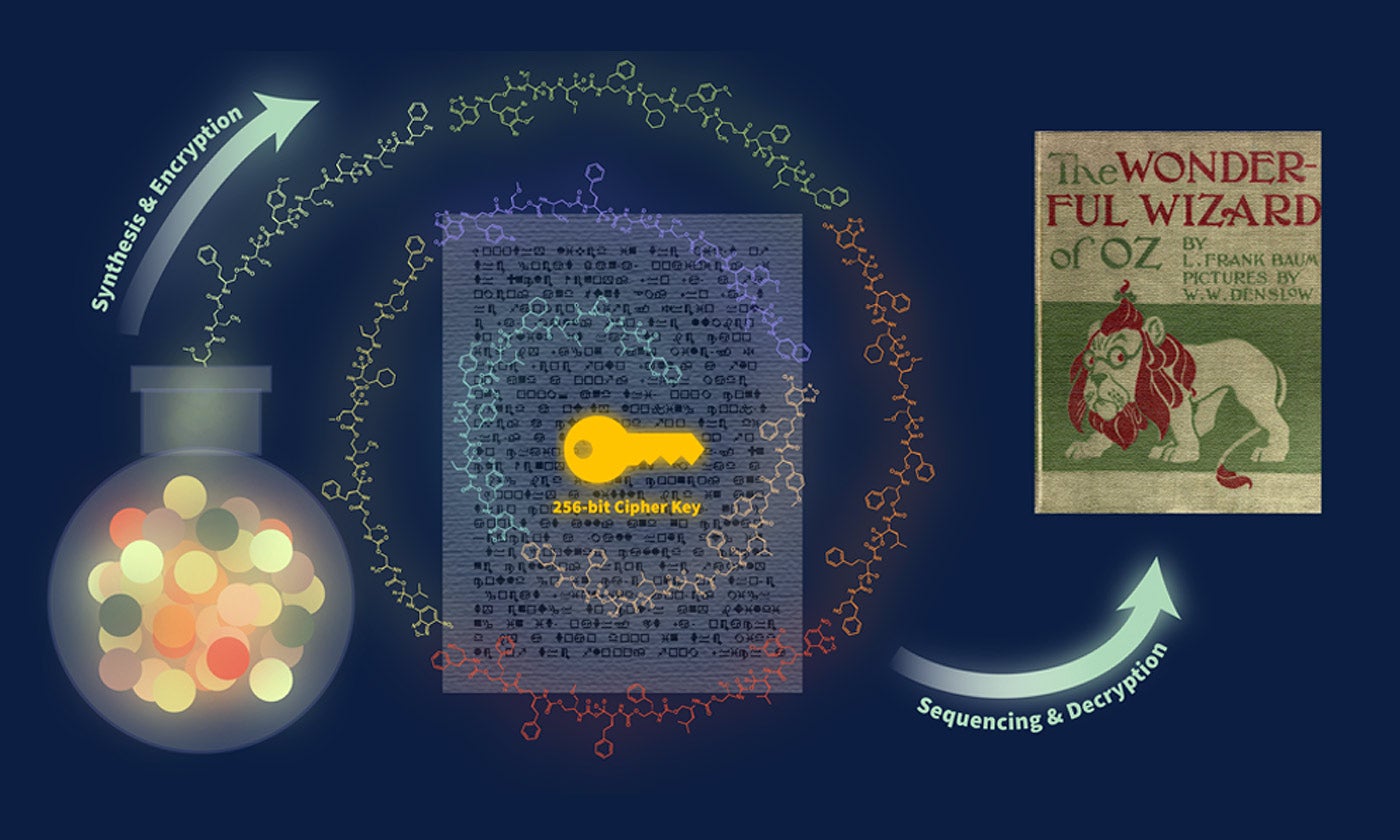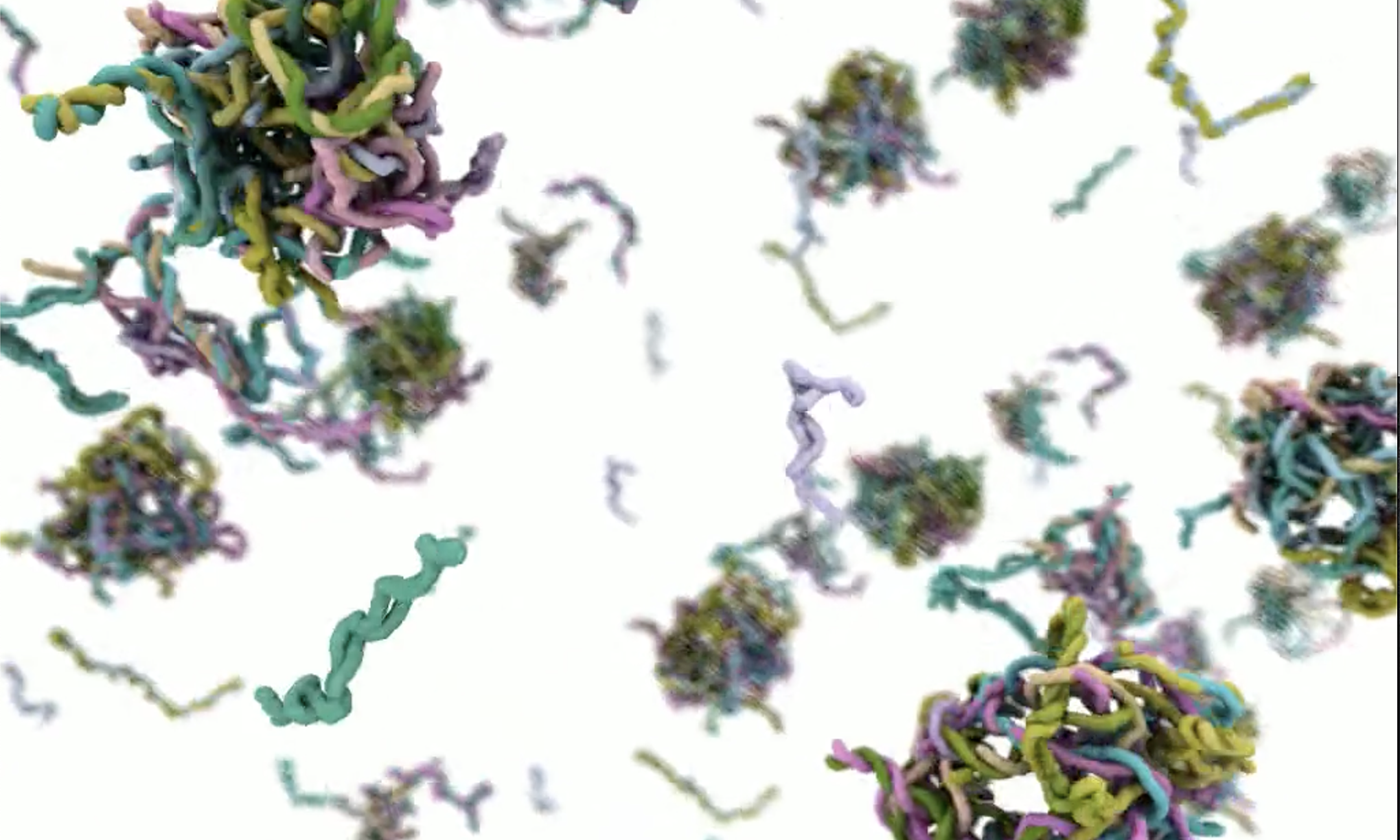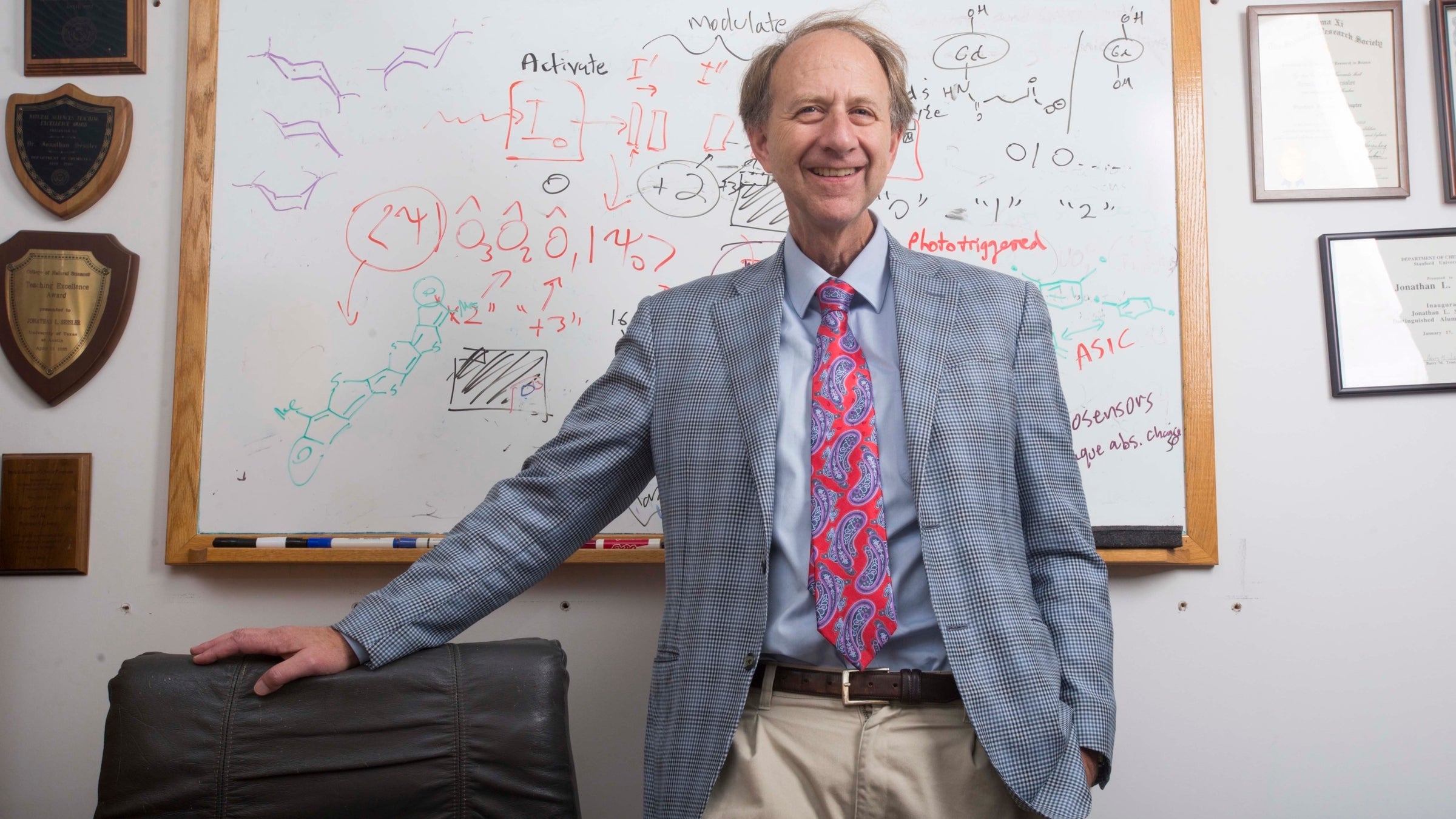News: Chemistry
Read the latest news from the College of Natural Sciences at The University of Texas at Austin
UT News
‘Smart Plastic’ Material is Step Forward Toward Soft, Flexible Robotics and Electronics
New plastic has rigid and stretchy sections inspired by living things.

Visualizing Science 2022: Illuminating the Intrinsic Beauty in Academic Research
The winners of our most recent Visualizing Science contest include an image related to “smart” material research, simulations of a meeting between a neutron star...

Baiz Earns Prestigious Research Fellowship
Carlos Baiz, associate professor of chemistry at The University of Texas at Austin, has been awarded the prestigious Humboldt Fellowship for Experienced Researchers from the...

Scientists Encode “Wizard of Oz” in a Vanishingly Small Plastic
Can complex data be hidden inside chemical structures?

Devleena Samanta Invents Ways to Detect Molecules in Living Cells
Learn more about Devleena Samanta's decision to join UT Austin's Department of Chemistry in fall 2021 and what her research focuses on.

Undergraduate Research Played Role in Paper Tied to Early Career Award
UT Austin alumni involved in Freshman Research Initiative Labs during their time at UT later contributed to a paper that the Journal of Coordination Chemistry singled out...

The Texas Scientist
Charging Ahead: The Path to a Clean Energy Future
Clean energy research from UT Austin scientists holds disruptive potential. It comes just as new technologies are needed most.

When Good RNA Turns Bad
Biophysicist Dave Thirumalai and his team developed a computer model that helps explain how certain kinds of RNA molecules can clump together in a way...

Sessler Elected to American Academy of Arts & Sciences
Jonathan Sessler of UT Austin joins 22 others on the College of Natural Sciences faculty who have been elected to the American Academy.

Texas Scientist
Charging Ahead
Chemists and physicists are making steady progress on developing new materials that may prove key for our future energy needs.

